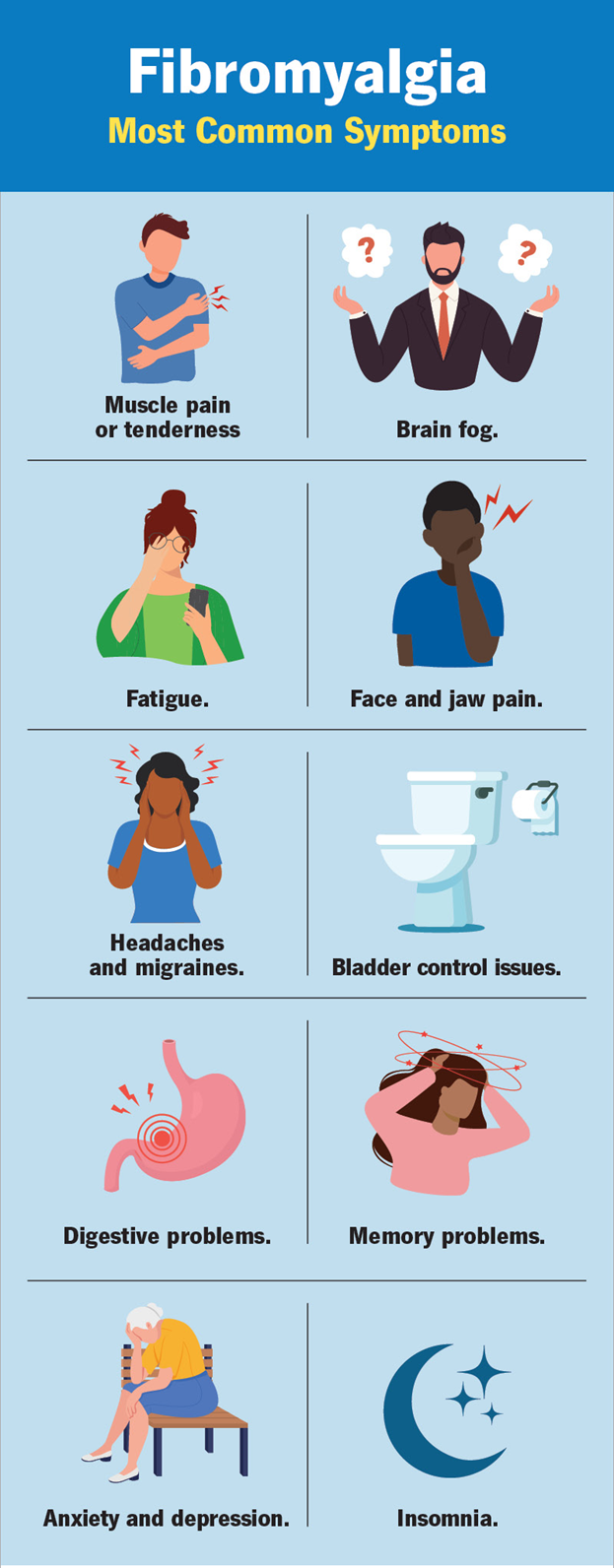A client who has been taking nonsteroidal anti-inflammatory drugs (NSAIDs) is experiencing gastric pain and blood in his stool. The healthcare provider discontinues the NSAIDs and prescribes esomeprazole. Which information should the nurse include in this client’s teaching plan?
Resume a diet that consists of milk, cream, and bland foods.
Call the clinic if diarrhea or headache occurs when taking esomeprazole.
Once pain subsides, NSAID therapy can be resumed.
Notify the healthcare provider of the passage of black stools.
The Correct Answer is D
Choice A reason:
Resuming a diet that consists of milk, cream, and bland foods is not the most critical instruction for a client taking esomeprazole. While bland foods can help reduce gastric irritation, they do not address the primary concern of monitoring for serious side effects. Esomeprazole is a proton pump inhibitor (PPI) that reduces stomach acid, and dietary changes alone are not sufficient to manage potential complications.
Choice B reason:
Calling the clinic if diarrhea or headache occurs when taking esomeprazole is important, but it is not the most critical instruction. Diarrhea and headache are common side effects of esomeprazole, but they are usually not severe. The client should be aware of these potential side effects, but the primary concern is monitoring for signs of gastrointestinal bleeding.
Choice C reason:
Once pain subsides, NSAID therapy should not be resumed without consulting the healthcare provider. NSAIDs can cause significant gastrointestinal issues, including ulcers and bleeding. The client should be advised to avoid NSAIDs unless specifically directed by their healthcare provider.
Choice D reason:
Notifying the healthcare provider of the passage of black stools is the most critical instruction. Black stools can indicate gastrointestinal bleeding, which is a serious side effect of both NSAIDs and esomeprazole. Immediate medical attention is necessary if this occurs to prevent further complications.
Nursing Test Bank
Naxlex Comprehensive Predictor Exams
Related Questions
Correct Answer is C
Explanation
Choice A reason:
Administering a PRN dose of an antianxiety drug might seem like a reasonable action if the tremors are related to anxiety. However, without a clear indication that anxiety is the cause of the tremors, this action could mask the underlying issue and delay appropriate treatment. It is essential to identify the root cause of the tremors before administering any medication.
Choice B reason:
Obtaining orthostatic blood pressure readings is a useful assessment for determining if the client has orthostatic hypotension, which can cause dizziness and fainting. However, this action is not directly related to the complaint of hand tremors. While it is a good practice to monitor vital signs, it does not address the immediate concern of tremors caused by pregabalin.
Choice C reason:
Notifying the healthcare provider is the most appropriate action. Tremors can be a side effect of pregabalin12. The healthcare provider needs to be informed to evaluate the severity of the side effect and decide whether to adjust the medication dosage or switch to an alternative treatment. This ensures that the client receives the most appropriate care and avoids potential complications.

Choice D reason:
Collecting a capillary glucose level is important for clients with diabetes or those at risk of hypoglycemia or hyperglycemia. However, there is no indication in the scenario that the client has diabetes or that blood glucose levels are related to the tremors. Therefore, this action is not directly relevant to the client’s current complaint.
Correct Answer is B
Explanation
Choice A reason: Omeprazole is a proton pump inhibitor used to treat gastroesophageal reflux disease (GERD). While it is generally safe, it is not commonly associated with causing jaundice. Omeprazole can cause liver enzyme elevations in rare cases, but it is not a primary concern for drug-induced jaundice.
Choice B reason: Acetaminophen is known to cause hepatotoxicity, especially in high doses or with prolonged use. It is one of the most common causes of drug-induced liver injury, which can lead to jaundice. The nurse should notify the healthcare provider about the use of acetaminophen, as it is a likely culprit for the client’s jaundice.
Choice C reason: Captopril is an ACE inhibitor used to treat hypertension. While it can cause various side effects, it is not typically associated with causing jaundice. The primary concerns with captopril are related to renal function and electrolyte imbalances.
Choice D reason: Prednisone is a corticosteroid used to reduce inflammation in conditions like osteoarthritis. Although long-term use of corticosteroids can affect liver function, it is not commonly associated with causing jaundice. The nurse should still monitor liver function but focus on more likely causes.

Whether you are a student looking to ace your exams or a practicing nurse seeking to enhance your expertise , our nursing education contents will empower you with the confidence and competence to make a difference in the lives of patients and become a respected leader in the healthcare field.
Visit Naxlex, invest in your future and unlock endless possibilities with our unparalleled nursing education contents today
Report Wrong Answer on the Current Question
Do you disagree with the answer? If yes, what is your expected answer? Explain.
Kindly be descriptive with the issue you are facing.
